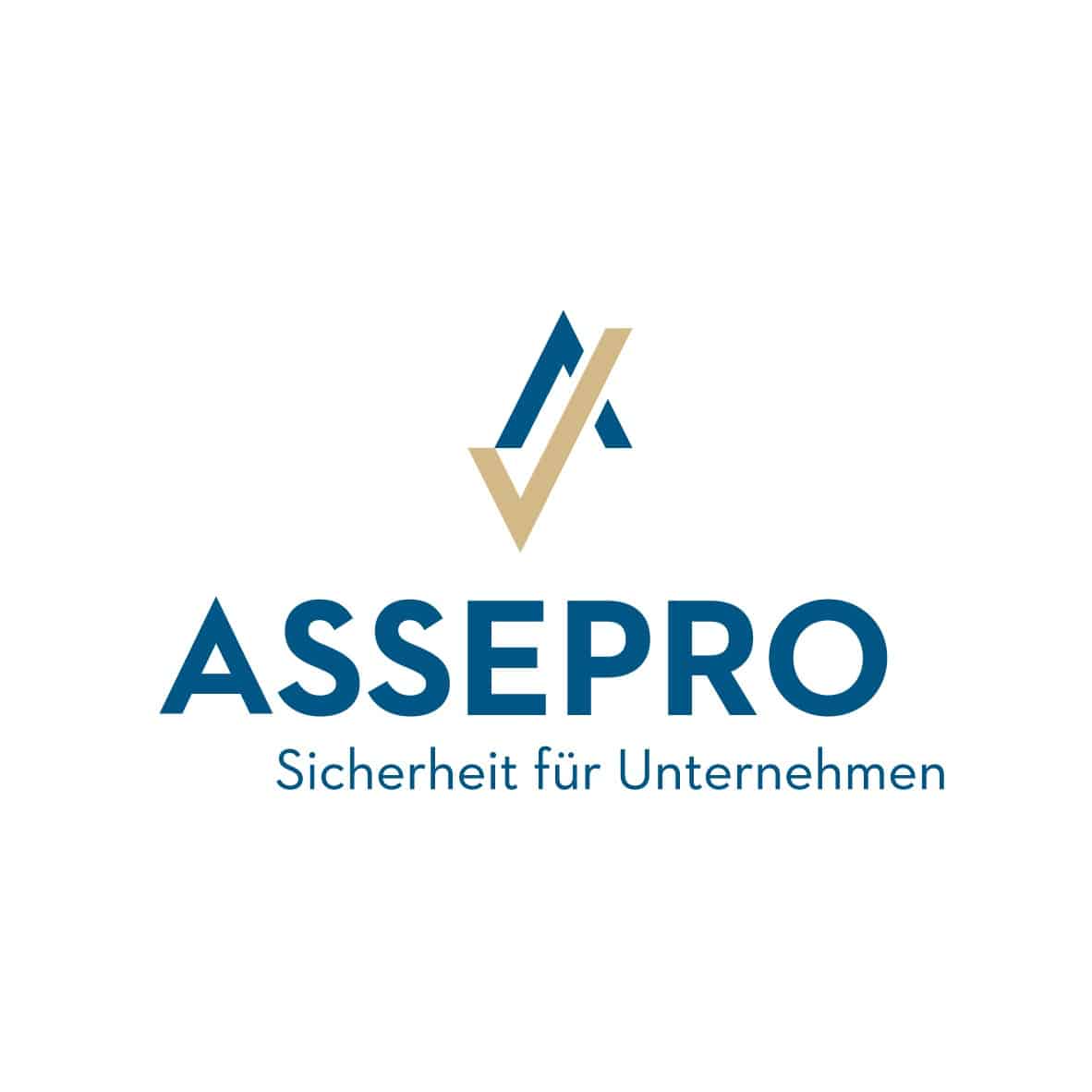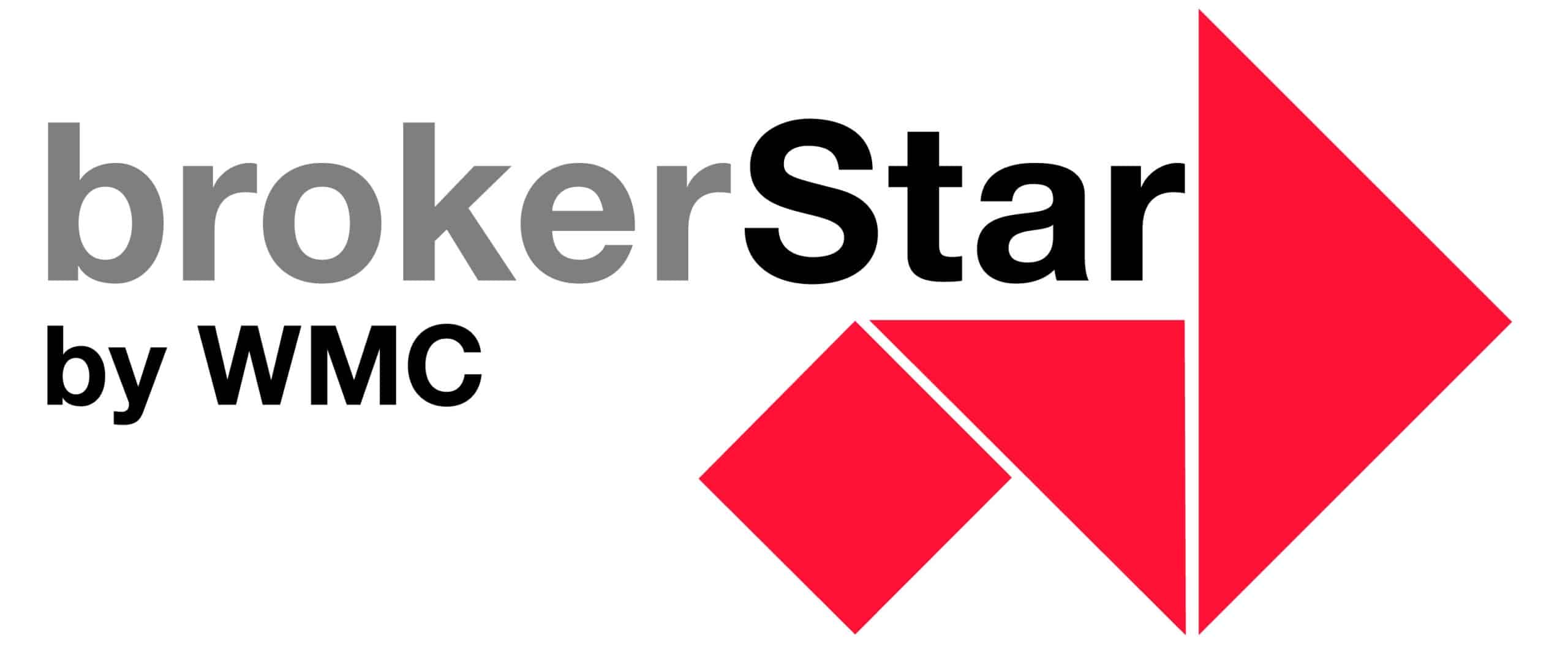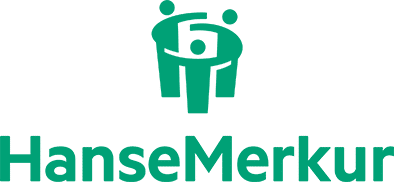Blockchain in asset management: Generali France digitises and saves time, money and stress
7 October, 2025 | Current General
Blockchain was long considered a buzzword. Fascinating, but without any real benefit in the day-to-day business of insurers. That is now changing: Generali France has demonstrated how the technology can be used profitably in asset management. The key: clear regulation, a shared ecosystem and a focus on efficiency rather than hype.
Applications for blockchain in the insurance industry have long been sought after. That is now changing: in France, Generali has moved its fund transactions to the blockchain-based platform IZNES. The aim is to speed up processes, reduce costs and create greater transparency.
“We wanted a solution that was not only technically exciting, but also worked from a regulatory perspective and delivered real efficiency benefits,” explained Rémi Cuinat, Director and Head of Unit-Linked Assets at Generali France, at the InsurTech Breakfast hosted by House of Insurtech Switzerland (HITS).
Legal breakthrough as a starting signal
A decisive step was a law passed in 2017 (Loi Sapin II), which puts blockchain systems on an equal footing with banks when it comes to the documentation of ownership of financial instruments. This allowed blockchain to serve as a legally recognised custodian for fund units for the first time and became a game changer for the industry.
In 2018, the IZNES platform was founded on this basis: a private, regulated blockchain infrastructure that connects insurers and asset managers directly with each other. Instead of routing orders through multiple banks, transfer agents and central securities depositories, settlement is now peer-to-peer: fast, transparent and audit-proof.
Fewer intermediaries, more speed
In traditional fund processing, buy and sell orders pass through a chain of intermediaries: custodian banks, central clearing houses and transfer agents. Each step costs time and fees. With IZNES, Generali sends orders directly to the asset manager in real time and until shortly before the fund cutoff. “Our teams save up to 90 minutes every day. With over 2,000 orders per day, this is a real efficiency lever,” emphasises Rémi.
Data management has also been rethought: price and fund information is automatically synchronised via the blockchain. This eliminates the costs of external data providers, as publicly available information is used directly.
KYC, security and cost advantages
Another advantage lies in the “Know Your Customer” (KYC) process. Instead of manually exchanging hundreds of forms, insurers can store their KYC data centrally and share it with all business partners.
The blockchain thus replaces many time-consuming compliance steps. In addition, there are lower custody and transaction costs: Generali France saves around one million euros annually by processing 20 per cent of its unit-linked assets via IZNES.
Digital money as the next step
The next evolutionary step concerns payment transactions. Generali, together with the European Central Bank and the Banque de France, has tested the settlement of fund shares with digital central bank currencies. This allows securities delivery and payment to be synchronised in real time, which corresponds to the process that takes several days in the traditional system.
“For us, this is the logical next step,” says Rémi. “If tokens for securities and tokens for money exist in the same blockchain space, you can exchange them immediately. This fundamentally changes financial logistics.”
From experiment to industrial use
Blockchain has arrived in asset management, at least at Generali France. The IZNES platform is now used daily by 60 asset managers and 20 institutional investors, with a volume of around 13 billion euros.
Instead of focusing on technological visions, Generali has consistently created the legal, regulatory and operational conditions necessary to build a functioning ecosystem.
Binci Heeb
Read also: Insurance industry in 2030: between risk, regulation and resilience




